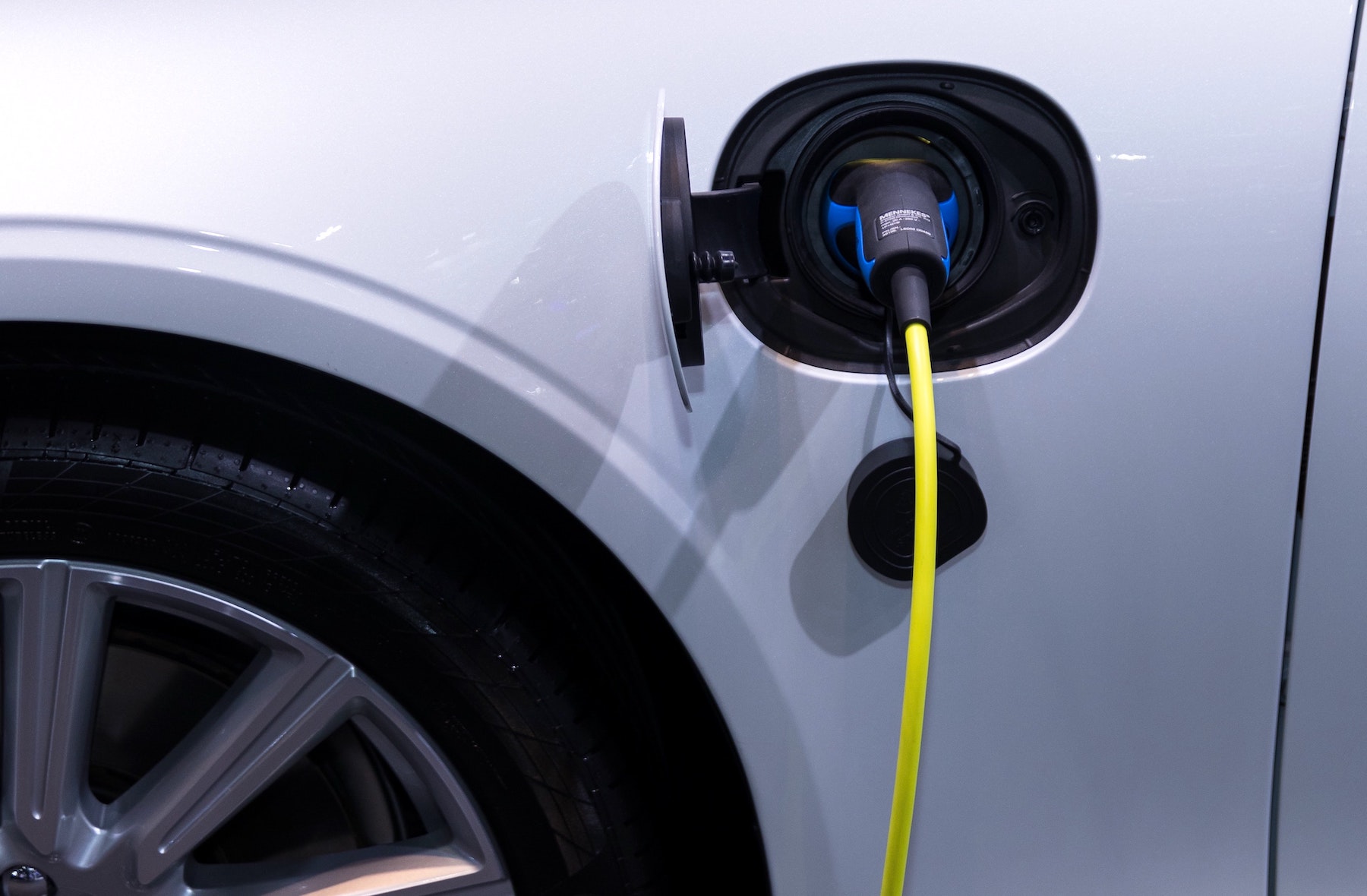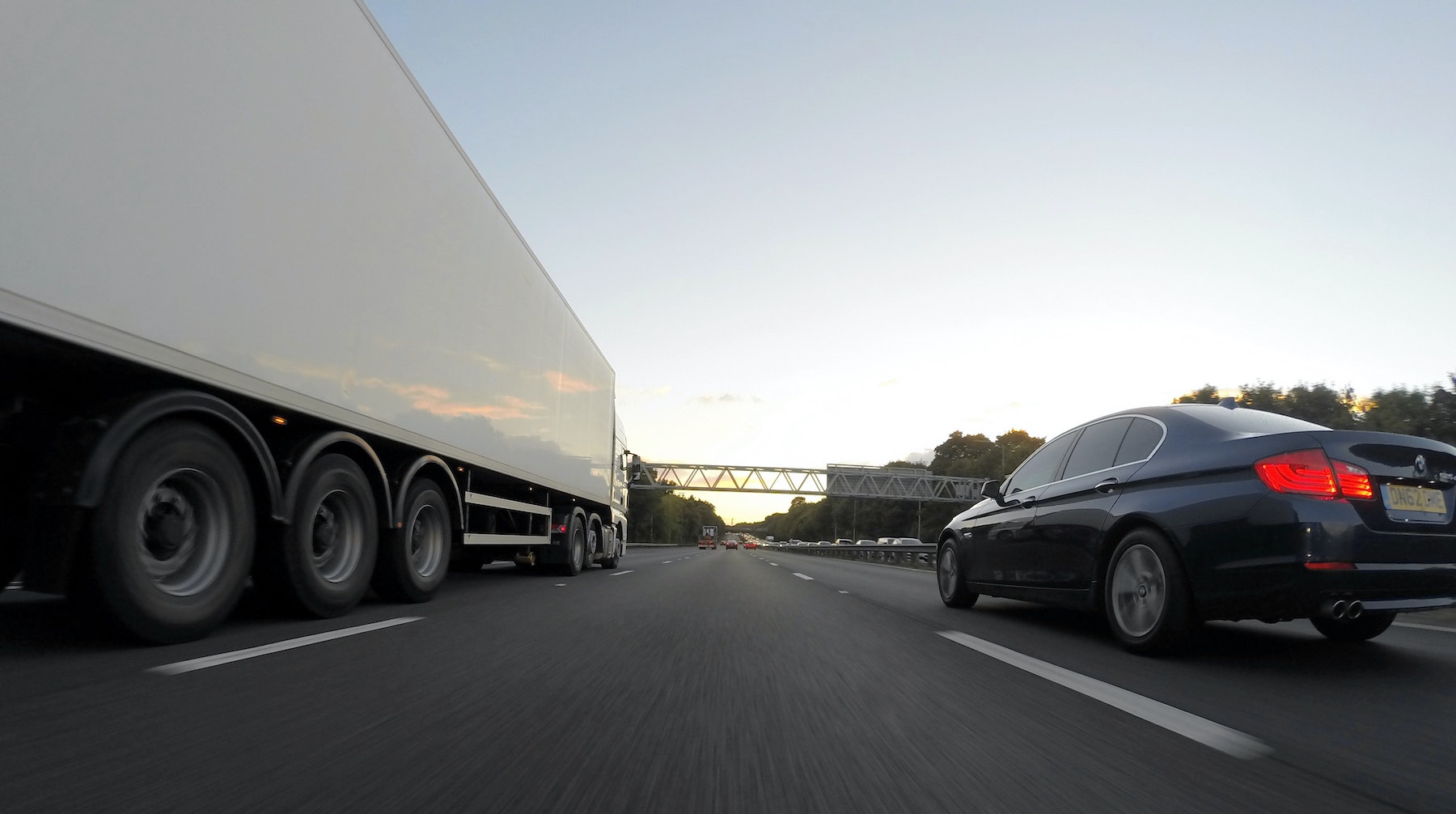Four Key Trends Guide the Future of Transportation Technologies
TTI predicts that safety, automation, connectivity, and electrification will increase demand in electronic content across all modes of transportation.
If the connector industry has a crystal ball, it’s probably housed somewhere in the offices of TTI. TTI monitors signals from its family of components distributors and semiconductor companies, analyzes industry sales and inventories, and shares insights in its Weekly Global Update. Each year at the EDS Summit, the company presents a previous-year review of the electronics industry and a forecast of the year ahead, including new technology developments, growth projections, and general predictions about the state of the electronics industry.

As it turned out, COVID-19 cancelled EDS 2020 and scrambled the outlook for just about every industry. However, TTI Director Sales and Engineering Brian Dickerson keeps a particular eye on the transportation industry, and he says many of the prevailing trends in that market will stay on track. We talked to him about transportation trends and technologies.
What broad observations can TTI make about the transportation market?
We’re seeing three main trends in the direction of the transportation market, focusing on safety, autonomous driving, and electrification. In safety, commercial vehicle OEMs — non-automotive transportation companies, involved in the trucking, agricultural, construction and recreation industries — are working together with their device suppliers to reduce the number of fatalities. They’re adding sensors, cameras, and various other technologies to enhance safety. For example, Stoneridge has the MirrorEye, which is a camera that replaces the sideview mirror. This allows drivers on Class 8 trucks to become a lot more interactive and aware of their surroundings.

Next, autonomous driving technology and autonomous technology is rapidly evolving and finding numerous applications in the transportation industry. Many of the companies involved in the autonomous driving space are not your traditional transportation companies; companies such as Amazon, Apple, Intel, and many startups are all working on autonomous driving applications. Autonomous driving technology and safety are interrelated, and autonomous vehicles are providing more tools to the driver to provide a safer and more reliable experience. Autonomous vehicle technology is also being pursued as a solution to the shortage of drivers the trucking companies are facing and will continue to face in the future.
The third point is electrification, which is certainly the most high-profile development and where TTI spends a lot of time and energy. Electrification is coming, whether we like it or not. The key drivers include more stringent emissions standards, more affordable electric vehicle pricing, and more efficient battery technology. I like to use the example of the Formula E car technology to illustrate the point of how technology has improved in just a few short years. Prior to 2019, the 45-minute race was completed by each driver needing to drive two cars to finish a race. As a result of improved technology, a driver only needs one car to complete a 45-minute race. The improvement in battery technology continues to push the electrification of vehicles forward to overcome issues like range anxiety, charge time, etc. The next breakthrough will be related to fast charging; the new fast chargers in development will improve charging times to 20 minutes for an 80% charge of your battery. There will be a large opportunity for components as many more charging stations are built and deployed in North America.

How are those companies you mentioned that are outside of the transportation market accessing transportation-focused electronics expertise?
They’re partnering with traditional OEMs. Tier 1 automotive device suppliers are also developing their own new technologies as they hire engineering talent that has experience in many of these new technologies.
From a connector standpoint, how do these trends impact demand and new product development?
Ethernet, coax, and signal connection systems are being driven by automotive demand. For those cameras, LiDAR, radar, and sensors, a large amount of data needs to be transmitted. So, from a connection system standpoint, Ethernet and coax connection systems are being developed by the connector manufacturers.
Are they innovating in direct response to these trends or is demand increasing for components that already exist?
I think a little bit of both. Some of our suppliers have developed new connectors that combine power and coax, or Ethernet and coax. From a connector standpoint, a lot of connectors that were developed in the ’70s and ’80s are still being used, but some of those old connectors are going to go away. The trend is always faster and smaller.
In light of the pandemic, how much disruption is the transportation market going to see?
We’re all learning every day, right? COVID-19 is going to have a large impact on the transportation industry. Right now, sales have dropped significantly. However, during the four weeks from the middle of March to the middle of April, commercial vehicles were still operating at 80% of the normal activity and heavy-duty trucks were operating at 89% of the normal activity, according to our Geotab data and analytics team.

Another interesting thing related to transportation is how we’re moving components around the globe. Because of all the canceled flights, a lot of our freight that was normally moved on planes has been moved to sea freight. That’s causing some lags in delivery, but it hasn’t been much of an issue and everybody understands. I think in some cases, that’s going to continue. We might find out that the supply chains are able to respond with longer lead times.
How about transportation that involves moving people?
It’s certainly going to affect the use and demand for different modes. I think this will change our commuting patterns and the delivery of consumer goods. Amazon and even grocery stores are delivering a lot more right now, and I think that trend will continue somewhat. I think that Uber and Lyft will find a way to participate in that. That’s going to impact the numbers and requirements of the vehicles that participate in delivery and commuting. It’s also going to increase the need for more technology in these vehicles, from fleet management to driver management. From a component standpoint, it could be a long-term positive effect on the technology in these vehicles.

Brian Dickerson, TTI
In 2019, TTI said the tipping point for widespread electronic vehicle adoption was coming. Can you give us a timeline for that?
If the tipping point refers to 51% of purchases being electric vehicles, then we are probably 10 to 15 years away. Consumer focus on EVs will shift with the next three to five years. EVs are in the headlines every day. Tesla, for example, has robust factories in China and soon will be in Germany. In Q12020, most major OEMs were missing projections by over 10% but Tesla was exceeding projections. Electric vehicles are becoming more popular each quarter. This is due to government regulations and incentives. I think society as a whole wants to become more green.
What pre-COVID-19 observations can you share about the transportation market?
Electrification was gaining momentum. Class 8 trucks were expected to be down 30% to 40% year over year, due to the cyclical nature of the industry. TTI Americas was projecting a 5% year-over-year growth in transportation businesses sales before the crisis. Given the uncertainty of the economy, we’re unsure of the impact of the virus, but we’re confident that we will rebound from unprecedented event.
What components does TTI see increasing demand for in the transportation market?
A few component trends are becoming prevalent. The ability to combine data, signal, and power in a connector is becoming important. All systems are becoming connected to a network, and the connection systems for them require data to be transmitted at high speeds. In 2005, vehicles had a single signal distribution 200MB per second. In 2020, that’s reached 500MB, and it’s continuing to climb.
Another key trend for components in the transportation industry is the reduction in size for connectors and cables. Even the high-voltage ones are looking for more space. The size of components needs to decrease while still maintaining higher capabilities. The input of the high-speed data into connectors also increases connector size. So suppliers are trying to incorporate Ethernet and cellular without increasing the size of the connector. Passive components are being reduced in size as well. The size of the PCB board is decreasing. This is done by freeing up space above the board and across the board. It’s been a major trend for some time and should continue to be a trend as technology gets more robust and versatile. Sensors continue to grow. We’re engaged with a lot of the sensor companies at a pretty tactical level. All of these new technologies — the ability to identify, to make the driver or the user more connected to the vehicle, starts with a sensor.
What are customers asking for that doesn’t yet exist?
The connector companies are pretty on top of things from a technology standpoint. We do get asked for connectors that combine the data and the signal in a nice, small package. I’d say that’s the biggest request we get from the OEMs.
Like this article? Check out our other Facts & Figures, market update, forecast, and Connector Industry News articles, our Transportation Market Page, and our 2020 and 2019 Article Archives.
- Meet the Connector: DIN Standard Connectors - April 16, 2024
- Software-Driven Radio Reinvigorates Old Technology - April 9, 2024
- What is a Busbar? - April 2, 2024





